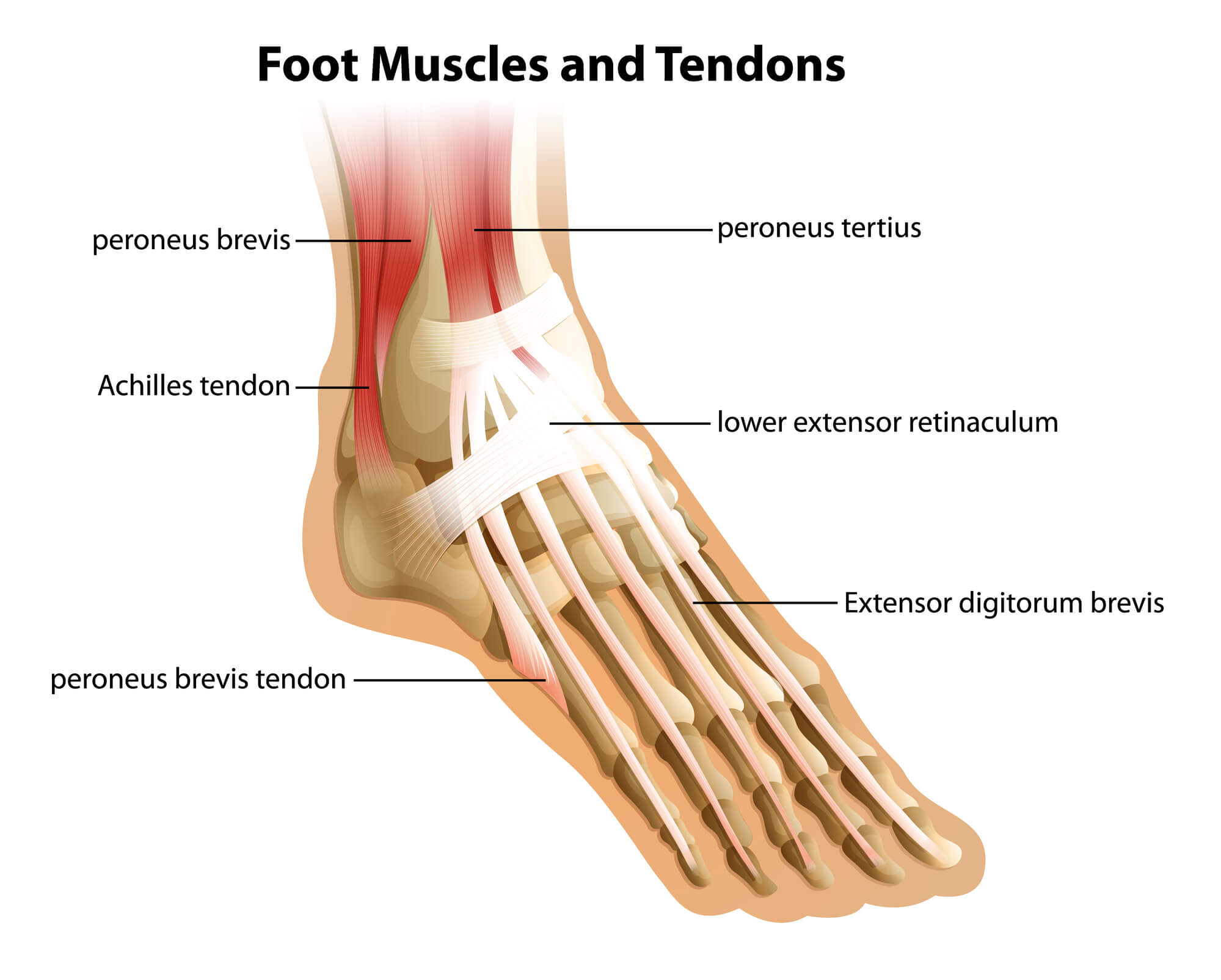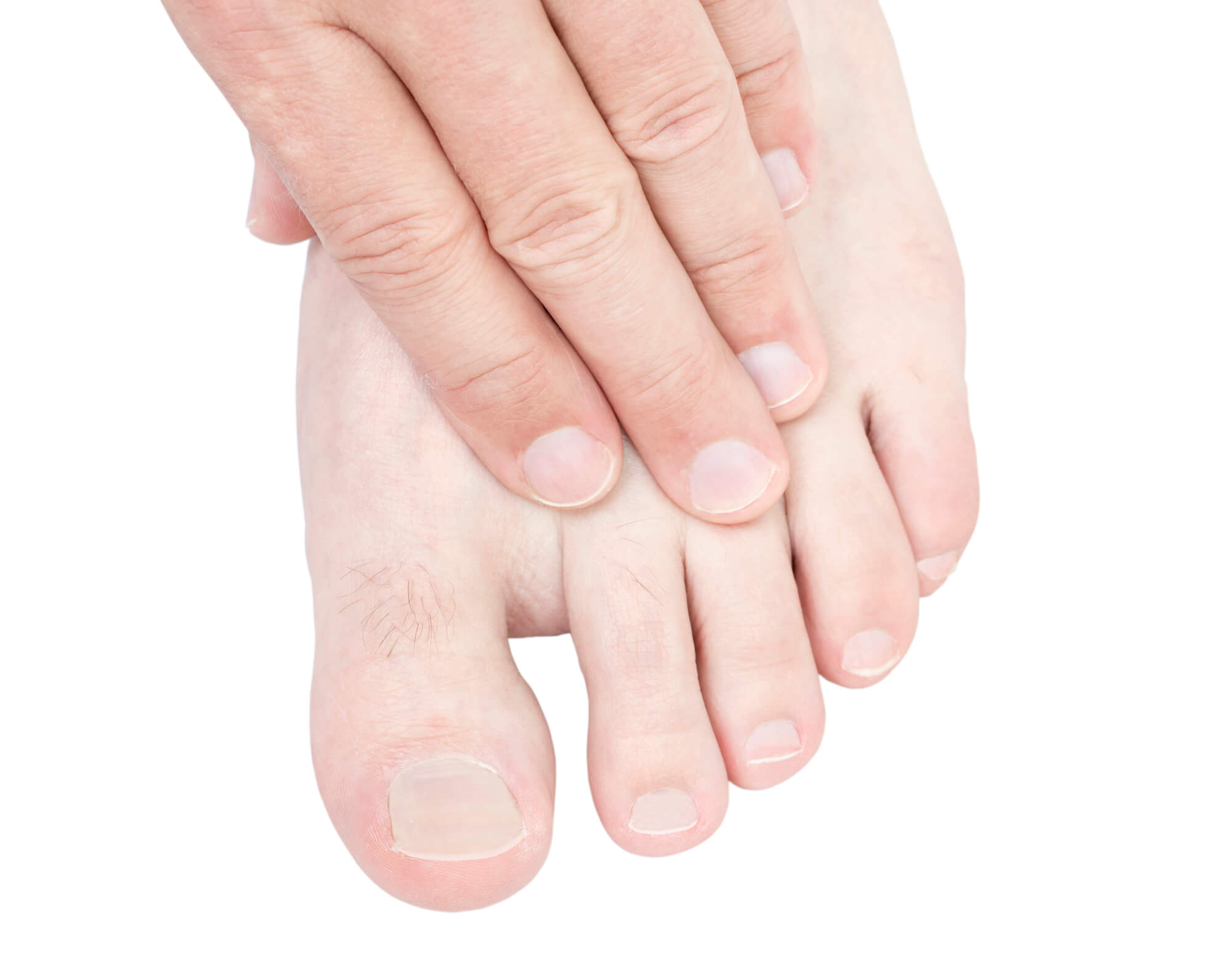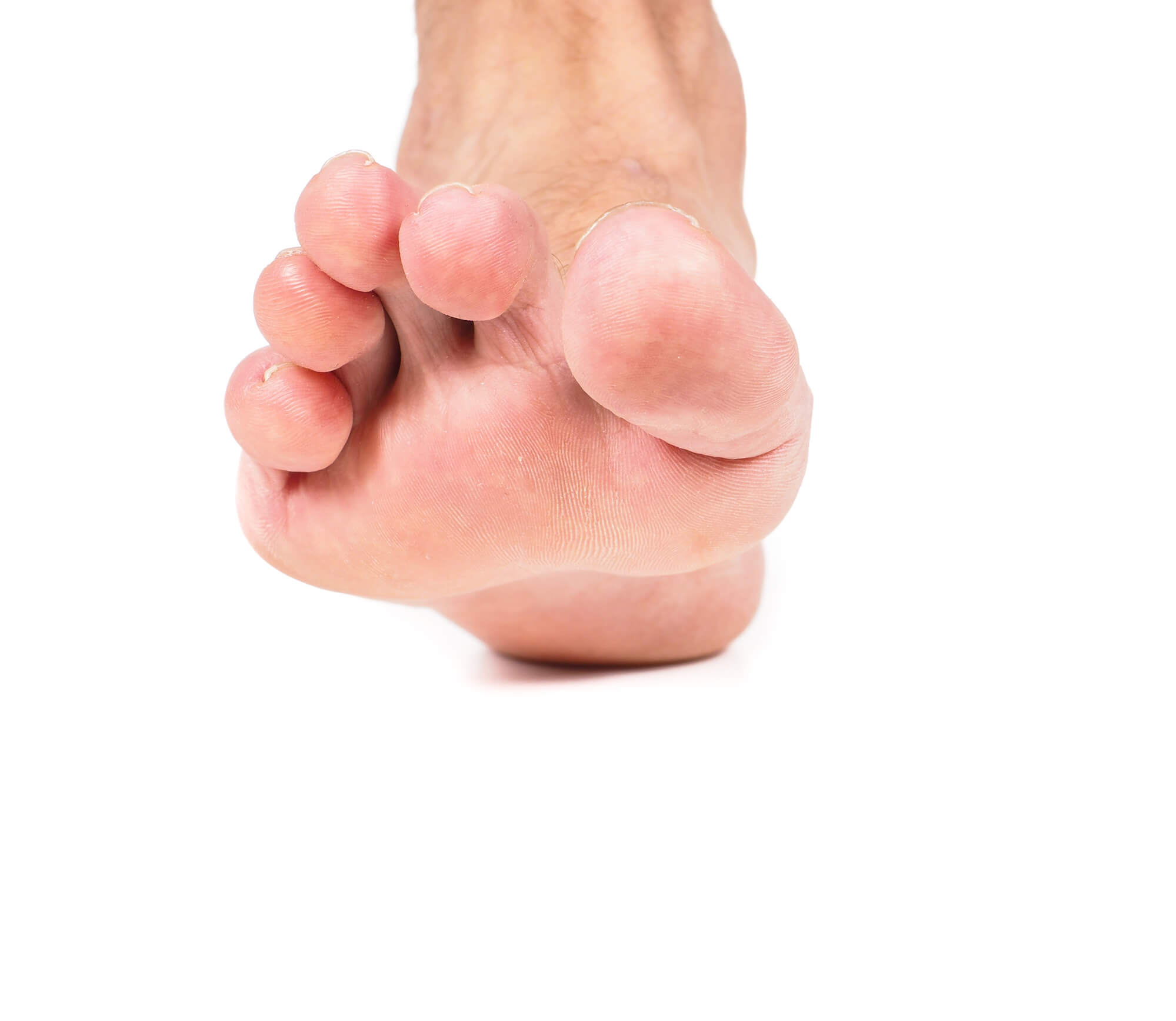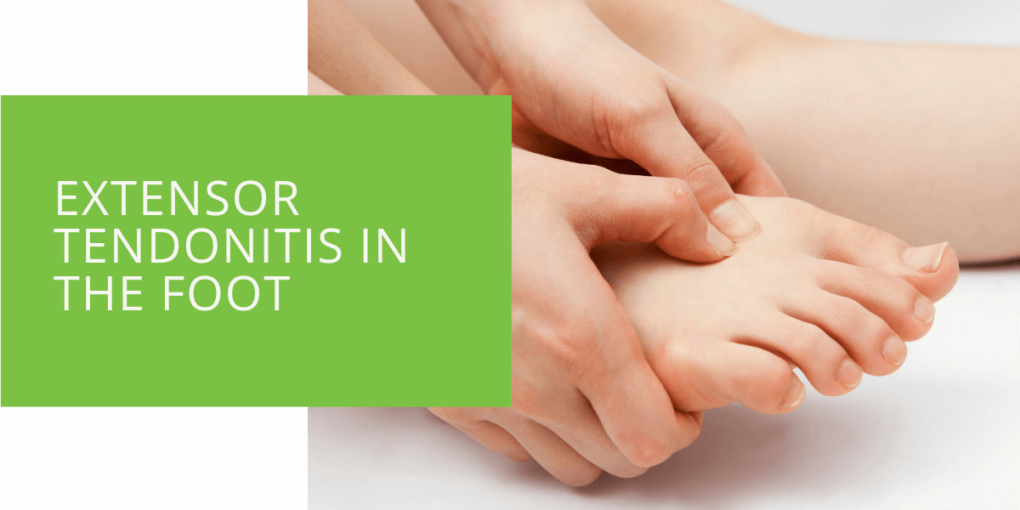Understanding and Treating Extensor Tendonitis in the Foot
Extensor tendonitis is an inflammation of the extensor tendon, a thick band of tissue that runs along the top of the foot and ankle. It is a common condition that causes pain and discomfort on the top of the foot, particularly where the extensor muscles attach to the foot and ankle bones.
What is Extensor Tendonitis?
Definition and Causes
Extensor tendonitis is a condition that results from overuse of the extensor muscles, which are responsible for straightening the toes and lifting the foot. The most commonly affected tendon is the extensor hallucis longus tendon, which runs from the calf to the big toe. When this tendon becomes overworked, it can inflamed, leading to pain and discomfort.
Several risk factors can contribute to the development of extensor tendonitis. Some of the most common causes include:
- Wearing shoes with poor support or high heels
- Running or playing sports that involve a lot of jumping and landing
- Standing for long periods on hard surfaces
- Putting a lot of pressure on the top of the foot when lifting heavy objects

Symptoms
The most common symptom of extensor tendonitis is pain on the top of the foot, particularly where the extensor muscles attach to the bones of the foot and ankle. The pain may be felt across the top of the foot or in the specific area of the affected tendon. Other symptoms of extensor tendonitis may include:
- Swelling or redness in the affected area
- Tenderness when the area is touched
- Difficulty lifting the foot or straightening the toes
- Stiffness in the foot and ankle
Diagnosis
If you suspect that you have extensor tendonitis, it is important to see a podiatrist for an evaluation. A podiatrist is a medical professional specializing in diagnosing and treating foot and ankle conditions.
- Physical Examination: During the physical examination, the podiatrist will examine your foot and ankle, looking for signs of pain, swelling, and tenderness in the affected area. The podiatrist may also ask you to move your foot and ankle in different directions to assess your range of motion and to check for any weakness or stiffness.
- Imaging Tests: In some cases, the podiatrist may recommend imaging tests such as X-rays or an MRI to rule out other conditions and better understand the injury's extent. These tests can help to confirm a diagnosis of extensor tendonitis and to guide treatment decisions.

Treatment Options
The treatment for extensor tendonitis will depend on the severity of the injury and the underlying cause. In most cases, a combination of non-surgical and surgical treatments can effectively manage the condition.
Non-surgical Treatment
Non-surgical treatment options for extensor tendonitis include:
- Rest and Ice: Resting the affected foot and applying ice to the area can help to reduce pain and inflammation.
- Physical Therapy: Physical therapy can help stretch and strengthen the affected muscles and tendons, improving mobility and reducing pain.
- Medications: Over-the-counter pain relievers such as ibuprofen can help to manage pain and inflammation.
Physical Therapy
Physical therapy is an important component of treatment for extensor tendonitis. A physical therapist can help you stretch and strengthen the affected muscles and tendons, improving mobility and reducing pain. Your physical therapist may also provide you with exercises to help prevent the condition from recurring.
Surgical Treatment
In some cases, surgery may be necessary to repair a damaged tendon. Surgery is typically only recommended for severe cases of extensor tendonitis that do not respond to non-surgical treatment. Following surgery, physical therapy is usually required to regain strength and flexibility.

Prevention
To help prevent extensor tendonitis, it's important to take steps to reduce the risk of overuse injuries, such as:
- Stretching and strengthening exercises: Stretching and strengthening exercises can help to maintain flexibility and strength in the muscles and tendons of the foot and ankle. This can reduce the risk of overuse injuries, such as extensor tendonitis.
- Proper footwear: Wearing shoes with good support and proper fit can help to reduce the risk of overuse injuries. It is also important to avoid shoes with high heels, as they can put extra pressure on the top of the foot. When you lace your shoes, it's important not to tie them too tightly, as this can restrict blood flow and put extra pressure on the top of the foot.
- Modifying activity level: Modifying activity level can help to reduce the risk of overuse injuries. Suppose you participate in sports or other activities that involve a lot of jumping and landing. In that case, it's important to take regular breaks to rest your feet and gradually increase your activity level over time. Additionally, if you stand for long periods on hard surfaces, taking frequent breaks and using an anti-fatigue mat are important to reduce the pressure on your feet.
Conclusion
Extensor tendonitis is a common condition that causes pain and discomfort on the top of the foot. It is caused by overuse of the extensor muscles and tendons and can be treated with a combination of non-surgical and surgical treatments. To prevent extensor tendonitis, it's important to reduce the risk of overuse injuries, such as stretching and strengthening exercises, wearing proper footwear, and modifying activity levels.
If you suspect that you have extensor tendonitis, it is important to see a podiatrist for an evaluation. A podiatrist can help to diagnose the condition and to develop an appropriate treatment plan. With proper treatment and management, most cases of extensor tendonitis can be effectively managed, allowing you to return to your normal activities.

